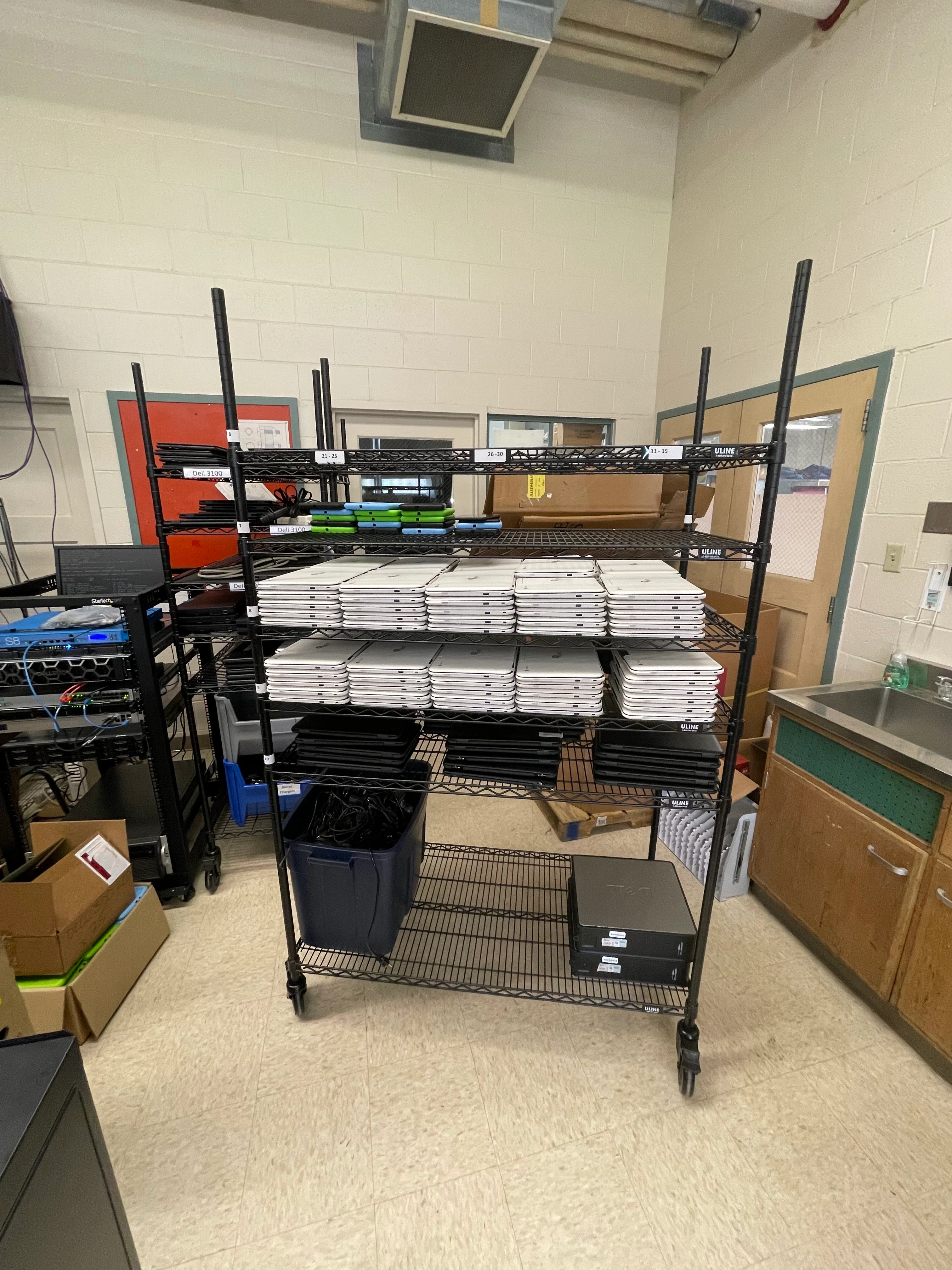Our district is entering our second year of collections with IIQ. Our first year was rushed as we implemented IIQ a month before the end of the school year.
Rather than reinventing the wheel, what custom views for users & assets is everyone using to help with the device collection process?
Let’s share specific views that may be of interest to others that help with:
- Who hasn’t turned in their device?
- Who has outstanding fees?
- Devices returned but need fixed
- Who had multiple devices and did not return them all (Chromebook(s) & chargers)
Also would be interested in hearing about the actual collection process.
- Who’s in charge of collection? (Teachers or IT Staff)
- Do you call everyone down by grade to a central location to turn in devices?
- Do you set up stations to have students apply missing labels, wipe their device down, and get inspected before returning device?
I think this would be a great place for everyone to share their process & procedures. If a district can take one thing away from this to benefit their district, it may be worth sharing.










